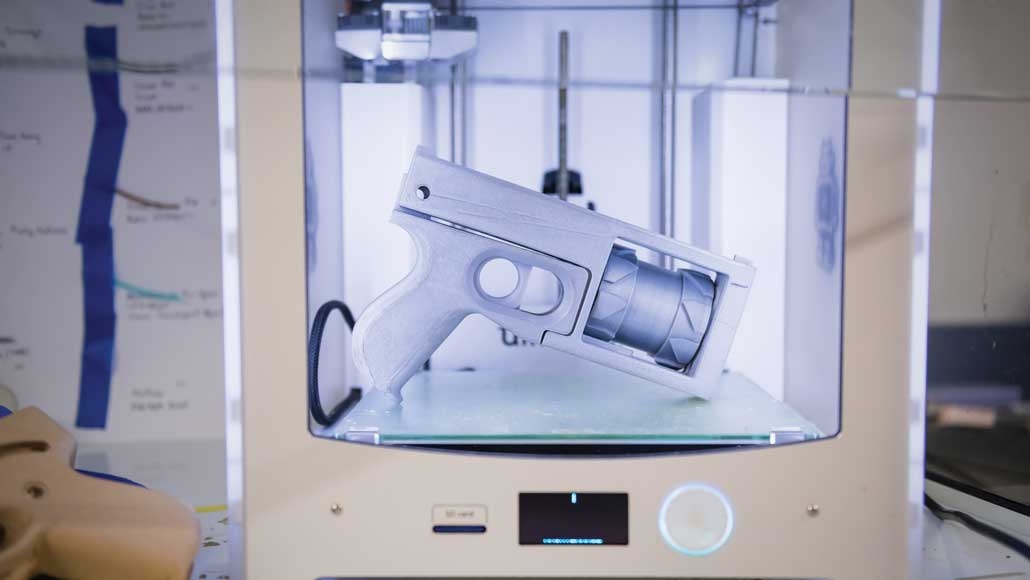3-D printed ‘ghost guns’ pose new challenges for crime-scene investigators
New methods are needed to do ballistics on plastic guns — before the weapons gain popularity

An assembled plastic Washbear revolver sits inside a 3-D printer at the University of Mississippi in Oxford.
Megan Wolfe/Univ. of Mississippi
On December 17, 2017, police responded to reports of gunshots at a Phoenix apartment.